From Stone Quarry to Sculpturing Workshop
Synopsis
The recognition of ancient stone quarries at Chunar hills with datable epigraphs was a startling discovery made by the author of this book, in the year 1990. The followup archaeological field investigations-around Chunar and Varanasi, which were carried out between the years 1990 and 1994, have uncovered the entire process of stone carving which was prevalent during the historical period in the Ganga plains. Besides archaeological investigations, ethnological surveys were also carried out. As a result of which it has been possible to reconstruct the entire stone carving process, start from quarrying of stone blocks, their transportation to the centres of utility-carving of the sculptures, the finished products-nature of carving centres-interaction between the sculpturing centres and the main religious centres etc. Some of the results of this study are very important, both for archaeologists and the art historians. For instance, it could be ascertained that, as is the case today, Chunar had been the principal lithic resource area during the ancient times. The epigraphs associated with the quarries provided firm grounds for dating quarrying operations in Chunar hills, between the Mauryan and modern times. The mode of transportation of the sandstone blocks which were quarried at Chunar, was by rolling down the hill slopes first and, then navigating these through the Ganga upto Varanasi. The discovery of a palaeo-channel joining Ganga with Sarnath, and the location of stone carving workshop sites along this route are the evidence which though are very significant are rarely preserved and found in the archaeological records. The present book. intact, incorporates reports of four set of field investigations, that is-the quarry-area at Chunar; route of transportation i.e., the exploration around Varanasi region; excavated remains of Tilmanpur, a satellite settlement of Samath; Asapur-workshop- Cummral settlement; and, the workshop floors at Kotwa, where sculptures were actualy produced for use at Samath and Varanasi between the Second/First Century B.C. and the Medieval times. The discovery of more than hundred epigraphs and the multi-dimentional approach including scientific studies has added much value to this book.
Read more
74.70
67.23
$
83.00 $
Free delivery Wolrdwidе in 10-18 days
Ships in 1-2 days from New Delhi
Membership for 1 Year $35.00
Get it now and save 10%
Get it now and save 10%
BECOME A MEMBER

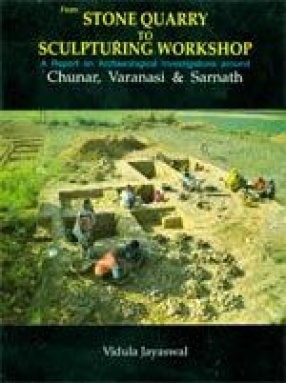
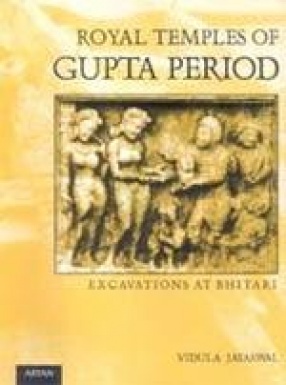


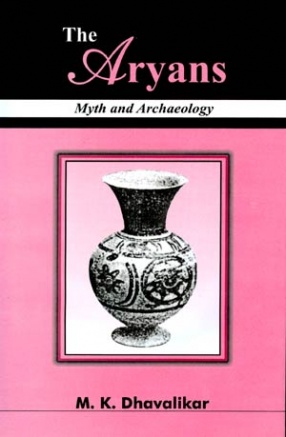
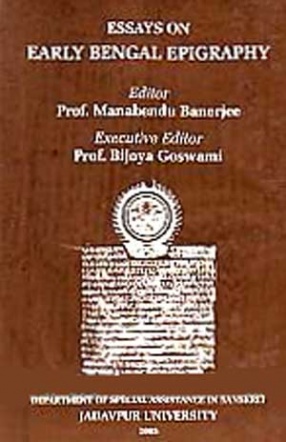
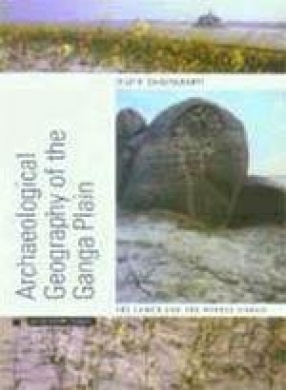
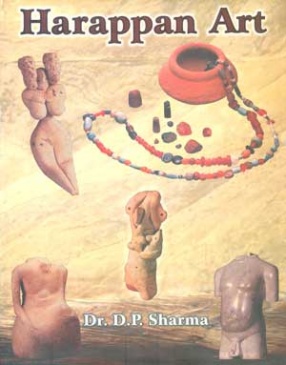

Bibliographic information